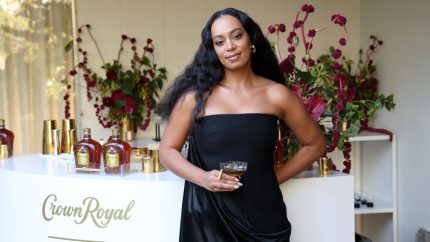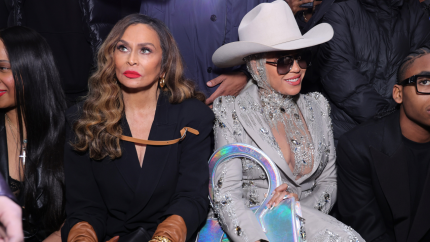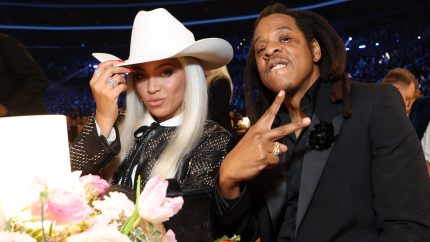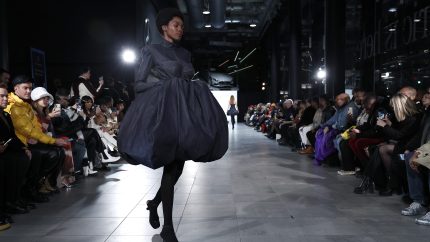Solange Knowles covers Harper’s Bazaar’s March issue
The singer-songwriter opens up about her “lonely” teen years and how she’s artistically evolved in Bazaar's cover story.
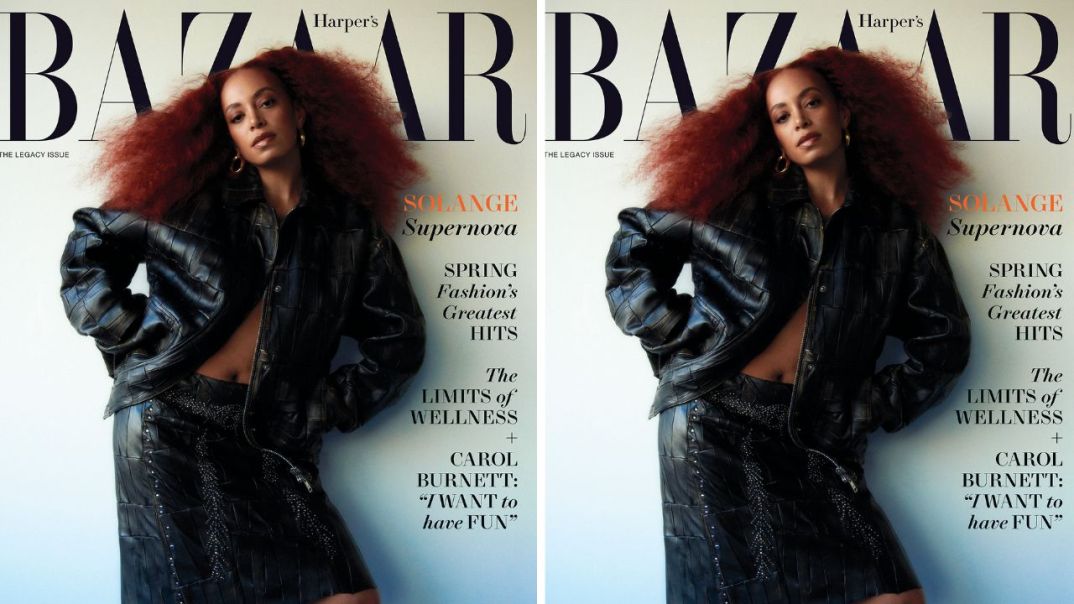
Solange Knowles is an ever-evolving artist.
From Grammy-winning singer-songwriter to performance artist to composer to glass blower to tuba enthusiast, Knowles is constantly exploring the bounds of her creativity.
“A lot of my projects are asking questions,” Harper’s Bazaar’s March cover star told the magazine while discussing a recent performance art piece at the Art Gallery of New South Wales. “With this last piece, I had so many questions about what performance could be, how it could be in service to me.”
Knowles said she stood in the space completely still and in silence. The whole performance challenged viewers to sit with their “uncomfortableness” in observing her not moving, singing, or “slaying.”
However, the “Cranes in the Sky” singer admits it has been a journey to achieve this level of self-acceptance.
In the cover story, her first for Bazaar since 2020, Knowles, 37, opens up about her “lonely” teen years, how she’s evolved as an artist, what’s next for her, and what her legacy might be. For the cover shoot, the singer-songwriter sports auburn waves while donning sleek, minimalistic styles like a white pullover from The Row, a mesh Bottega Veneta top, a black leather jacket and matching skirt set by Prada, and a Jil Sander by Lucie and Luke Meier fur coat.
Solange further discusses how her sense of self was impacted growing up. She recalled that at 10 years old, her family moved from their family home, and their personal photos and videos were stolen in the process. This loss of personal archives, she said, was foundational to her sense of self.
“The only pictures or videos I have come from other people: aunts, cousins, people at my mama’s hair salon, other kids’ parents,” she explained. “What does that do to one’s sense of self?”
The artist also recalled spending the bulk of her teen years touring amidst adults, often leaving her feeling isolated during her coming-of-age.
Recommended Stories
“There was a lot of loneliness in my teenage years,” she said. “A lot of the work I do speaks to that loneliness and weighs that connectivity. This was, you know, prior to social media. I would be on the road for long stretches of time, mainly with adults or older people.”
Knowles explained how staying in control of her narrative, maintaining her own archives, and caring for the archives of other artists fuels her. She now sees this work as part of her legacy, telling Bazaar she is “taking care of the work that I’m doing so that people will be able to come directly to the source when they want to know my story.”
Never miss a beat: Get our daily stories straight to your inbox with theGrio’s newsletter.
